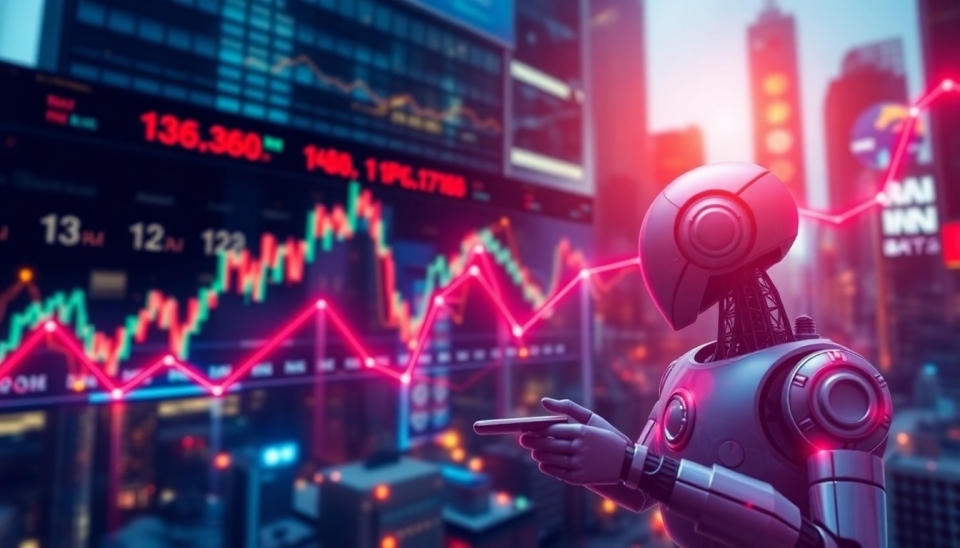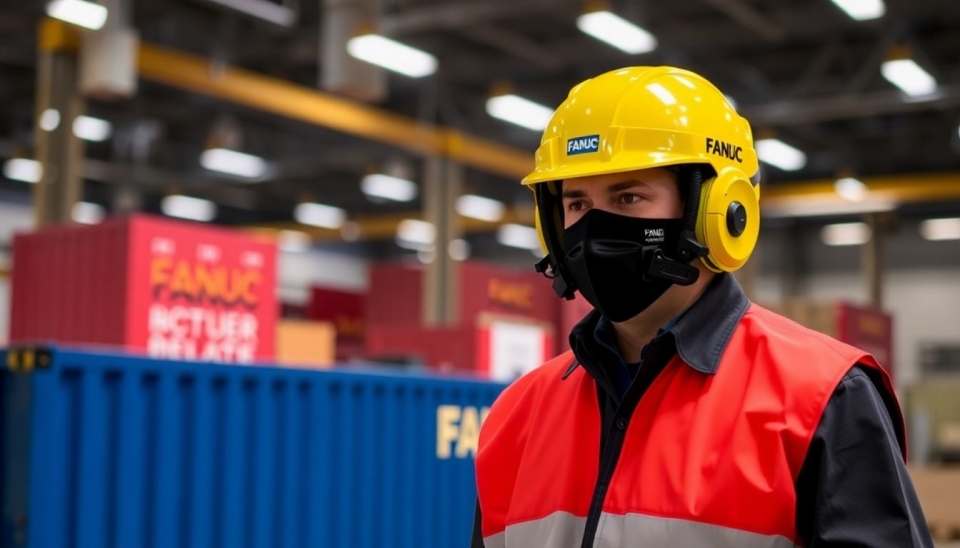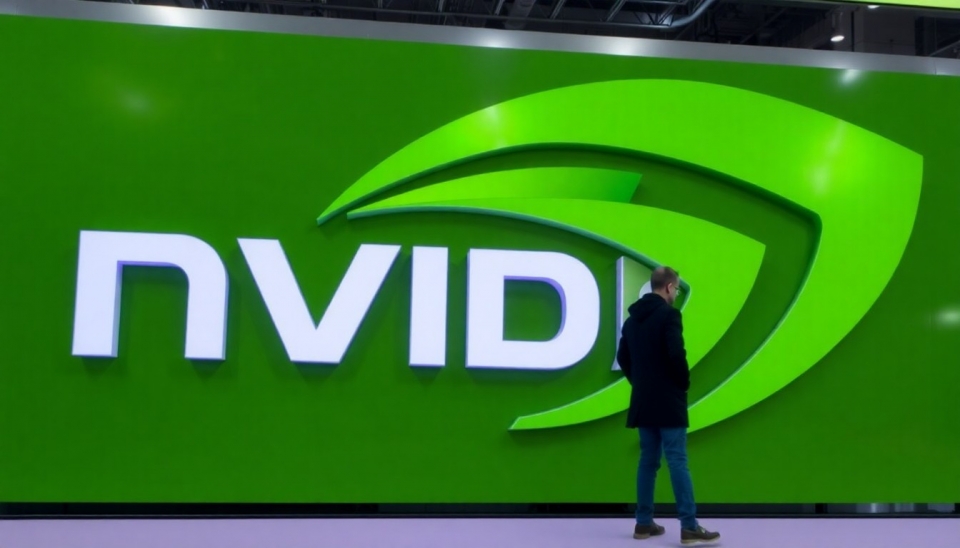
In recent trading sessions, stock markets have experienced significant volatility driven in large part by automated trading algorithms, often referred to as "headline bots." These algorithms react swiftly to news events, and their instant reactions have further exacerbated the dramatic price swings observed across various sectors. With liquidity in markets already strained, the impact of these technology-driven trading mechanisms has been profound.
As the global economic landscape shifts, investors and traders are grappling with increasing uncertainty. The changes triggered by geopolitical tensions, macroeconomic data releases, and corporate earnings reports are now being magnified by the presence of these automated systems. The ability for headline bots to interpret news and execute trades in milliseconds introduces a new layer of complexity for active traders.
Market analysts note that this turbulence has made it challenging for traders to hold positions for an extended period. The predefined triggers these bots use can lead to quick sell-offs or surges, often detached from the underlying value or fundamentals of the stocks in question. In essence, stocks might plummet or soar purely based on how headlines are framed, rather than any inherent change in the companies themselves.
In the atmosphere of heightened volatility, the challenge of maintaining liquidity is further compounded. Institutional investors are finding it increasingly difficult to execute sizable trades without causing additional market disturbances. This shrinking liquidity has forced market participants to adapt their strategies, sometimes relying on smaller positions or seeking alternative investment vehicles that can provide more stability.
Moreover, experts are raising concerns around the long-term implications of a market environment dominated by algorithmic trading. The rising dependence on these technologies may deter human traders from participation, potentially leading to a more reactive and less rational market landscape. Observers fear that the interplay between automated systems and liquidity constraints could create a cycle of instability that proves detrimental for everyone involved.
Overall, the interaction of headline bots and existing market conditions is creating an unpredictable trading environment. Traders and investors must navigate this new landscape with caution—balancing the urgency of algorithm-driven movements with broader economic realities and trends. As we continue into the second quarter of 2025, the industry remains watchful for any signs of improvement or stabilization amidst these challenges.
In summary, the relationship between technology, market volatility, and liquidity will be critical to observe in the coming weeks, as market participants attempt to make sense of the rapid shifts and unpredictable outcomes spurred by headline-driven trading mechanisms.
#StockMarket #Volatility #HeadlineBots #LiquidityCrisis #TradingStrategies #MarketAnalysis #FinancialNews
Author: Liam Carter




